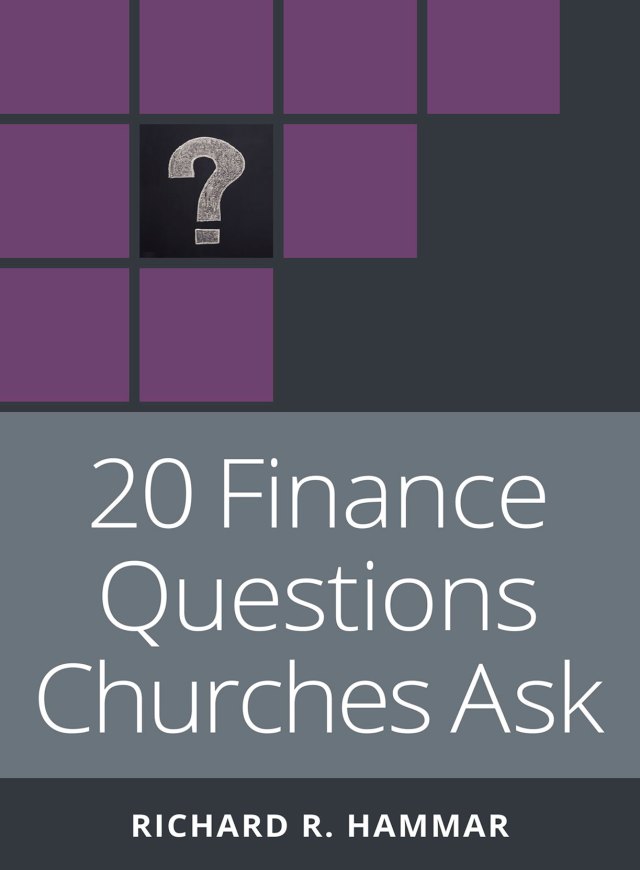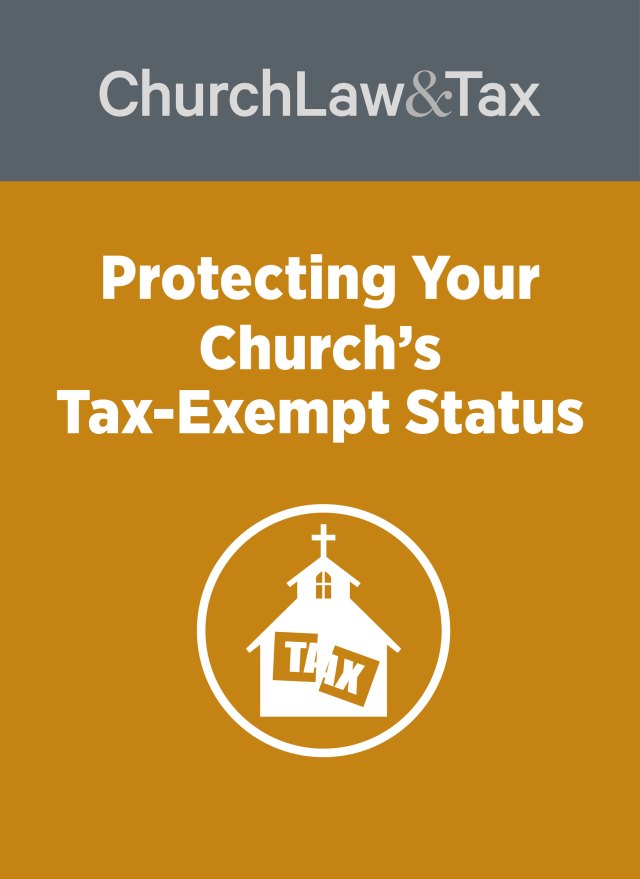• A federal appeals court ruled that a religious organization was not a “church.” The organization was formed to (1) “spread the message of God’s love and hope throughout the world;” (2) “provide a place in which those who believe in the existence of God may present religious music to any persons interested in hearing such;” and (3) distribute literature and recordings of religious teachings and music. The organization maintained an outdoor amphitheater on its property, at which musical programs and an occasional “retreat” or “festival” were conducted about 12 times each year. No other regularly scheduled religious or musical services were conducted. Most of the musical events were held on Saturdays so that persons could attend their own churches on Sundays. Musical services consisted of congregational singing of religious music. A minister always opened and closed these events with prayer. While it did not charge admission to its events, there was a published schedule of “donations” that were similar to admissions charges. The organization also maintained a chapel on its property that was open to the public for individual prayer. The organization applied to the IRS for recognition of tax exempt status on the ground that it was a church. Eventually, the IRS rejected the organization’s exemption application on the ground that it was not a church. In reaching its decision, the IRS noted that the organization failed most of the 14 criteria used by the IRS in identifying churches. These 14 criteria include: (1) a distinct legal existence; (2) a recognized creed and form of worship; (3) a definite and distinct ecclesiastical government; (4) a formal code of doctrine and discipline; (5) a distinct religious history; (6) a membership not associated with any other church or denomination; (7) an organization of ordained ministers; (8) ordained ministers selected after completing prescribed studies; (9) a literature of its own; (10) established places of worship; (11) regular congregations; (12) regular religious services; (13) Sunday schools for religious instruction of the young; and (14) schools for the preparation of its ministers. The organization maintained that it did meet a majority of these criteria. The Tax Court agreed with the IRS, and ruled that the organization was not a church. This decision was appealed to a federal appeals court, which upheld the IRS and Tax Court position. The court began its opinion by acknowledging that “deciding what constitutes a church for federal tax purposes is not an easy task. There is very little guidance for courts to use in making decisions.” The court viewed the 14 criteria “as a guide, helpful in deciding what constitutes a church.” It emphasized that “each criterion need not be met for an organization to be a church.” However, it noted that some of the criteria are more important than others: “While some of these are relatively minor, others, e.g., the existence of an established congregation served by an organized ministry, the provision of regular religious services and religious education for the young, and the dissemination of a doctrinal code, are of central importance.” The court concluded: “When we examine [the organization] in light of the 14 criteria, giving due consideration to the ones we have deemed to be of central importance, we conclude that [the organization] has failed to establish that it is a church. While [it] does meet some of the criteria, it does not meet enough. [It] has failed to show that it enjoys an established congregation. While the record shows that large numbers of people attended musical events on [its] property, nothing indicates that the participants considered [it] their church. [It] has not shown a sufficient ministry to satisfy the organized ministry criteria. It appears that every minister who was involved in a function … was a guest minister from another church. We agree with the Tax Court that [the organization] has no provision for the religious instruction of its youth.” In responding to the organization’s claim that the 14 criteria discriminate unfairly against rural or newly-formed churches lacking in monetary resources, the court observed that “in large part it is for this reason we have emphasized what we view as the core requirements of the 14 criteria and their application to the facts of this case.” In conclusion, the court conceded that “there is no doubt that [the organization] is engaged in sincere religious activity.” However, it did not satisfy enough of the “core criteria” to be considered a church. This case is significant, since it represents an acknowledgment by a federal appeals court that some of the 14 criteria used by the IRS in identifying churches are more important than others, and that not all of the criteria need to be satisfied for an organization to be considered a church. This is important, since the 14 criteria are seriously flawed. They address only hierarchical church denominations (i.e., denominations having centralized authority), and not congregational churches (i.e., local churches that are either wholly or partially independent of denominational control). To illustrate, few local churches would satisfy the 7th, 9th, or 14th criteria, and in some cases a number of others, since these pertain to denominations. Such confusion in the very test by which a church’s existence is to be judged is inexcusable. This ruling represents a step in the right direction—a total repudiation of the 14 criteria. Spiritual Outreach Society v. Commissioner of Internal Revenue, 91-1 U.S.T.C. ¶ 50,111 (8th Cir. 1991).
© Copyright 1991, 1998 by Church Law & Tax Report. All rights reserved. This publication is designed to provide accurate and authoritative information in regard to the subject matter covered. It is provided with the understanding that the publisher is not engaged in rendering legal, accounting, or other professional service. If legal advice or other expert assistance is required, the services of a competent professional person should be sought. Church Law & Tax Report, PO Box 1098, Matthews, NC 28106. Reference Code: m15 c0391




